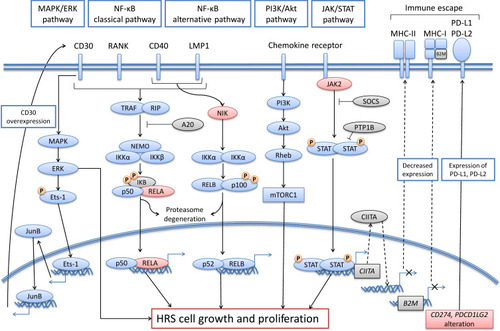Figures & data
Table 1 Naked Anti-CD30 Monoclonal Antibody Therapy for cHL and ALCL
Figure 1 Brentuximab vedotin (BV). BV is an antibody-drug conjugate consisting of an anti-CD30 monoclonal antibody and the microtubule-disrupting agent monomethyl auristatin E (MMAE) (A). BV binds to CD30 expressed on the surface of lymphoma cells and is internalized via endocytosis. The cytoplasmic lysosomal enzymes decompose the linker protein that conjugates the CD30 antibody and MMAE. The MMAE released to the cytoplasm inhibits the synthesis of microtubules and leads to apoptosis of lymphoma cells (B).
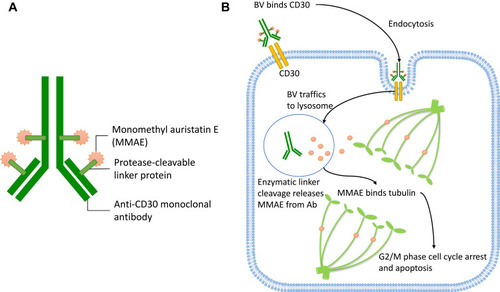
Table 2 Response of Selected Salvage Chemotherapy for Relapsed/Refractory cHL
Table 3 Selected Clinical Trials of BV Combined with Chemotherapy or Immune Checkpoint Inhibitor for Relapsed/Refractory cHL at the Second-Line Setting
Figure 2 Example of sequential combination of BV and salvage chemotherapy: Weekly BV followed by augmented ICE.
Abbreviations: BV, brentuximab vedotin; HDC/ASCT, high-dose chemotherapy with autologous stem cell transplantation; ICE, ifosfamide, carboplatin, and etoposide; PET, positron emission tomography.
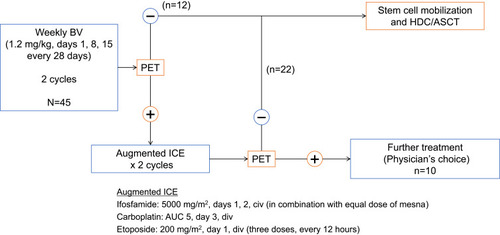
Figure 3 Example of concurrent combination of BV and salvage chemotherapy: BRESHAP.
Abbreviations: BV, brentuximab vedotin; ESHAP, etoposide, methylprednisolone, cytarabine, and cisplatin; HDC/ASCT, high-dose chemotherapy with autologous stem cell transplantation; PBSC, peripheral blood stem cell.
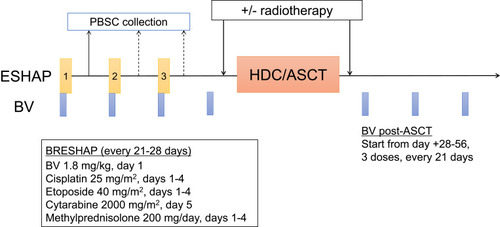
Table 4 ABVD-Based Response-Adapted Therapy for Advanced-Stage cHL
Table 5 Selected Studies of BV-Containing Regimen for Untreated Elderly Patients with cHL
Figure 4 Current treatment strategy for untreated classic Hodgkin lymphoma.
Abbreviations: ABVD, doxorubicin, bleomycin, vinblastine, and dacarbazine; AVD, doxorubicin, bleomycin, vinblastine, and dacarbazine; BV brentuximab vedotin; IFRT, involved-field radiotherapy; PET-CT, positron emission tomography-computed tomography.
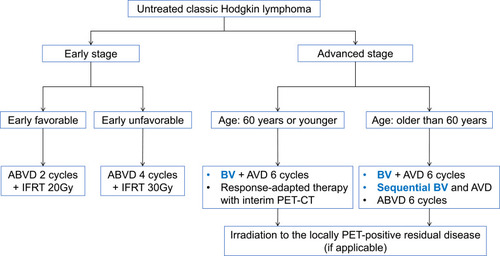
Figure 5 Current treatment strategy for relapsed/refractory classic Hodgkin lymphoma.
Abbreviations: BV, brentuximab vedotin; CR, complete response; HDC/ASCT, high-dose chemotherapy with autologous stem cell transplantation; PD, progressive disease; PR, partial response; SD, stable disease.
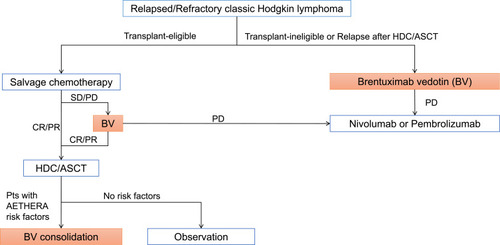
Table 6 Selected Targeted Therapies for Relapsed/Refractory Classic Hodgkin Lymphoma
Figure 6 Signaling pathways and genomic alterations in Hodgkin Reed Sternberg cell Activating mutations are highlighted in red, and loss-of-function mutations are highlighted in gray.
Abbreviations: B2M, beta-2 microglobulin; CIITA, class II major histocompatibility complex transactivator; ERK, extracellular signal-regulated kinase; HLA, major histocompatibility complex; IKK, I kappa kinase; JAK, Janus kinase; LMP1, latent membrane protein 1; MAPK, mitogen-activated protein kinase; mTORC1, mammalian target of rapamycin complex 1; NEMO, NF-κB essential modulator; NF-κB, nuclear factor kappa B; NIK, NF-κB-inducing kinase; PDCD1LG2, programmed cell death 1 ligand 2; PD-L1/-L2, programmed cell death-ligand 1/-ligand 2; PI3K, phosphatidylinositol 3-kinase; PTP1B, protein tyrosine phosphatase 1B; RANK, receptor activator of nuclear factor kappa B; RIP, receptor interacting protein; Rheb, Ras homolog enriched in brain; SOCS, suppressor of cytokine signaling; STAT, signal transducers and activator of transcription; TRAF, TNF receptor associated factor.
